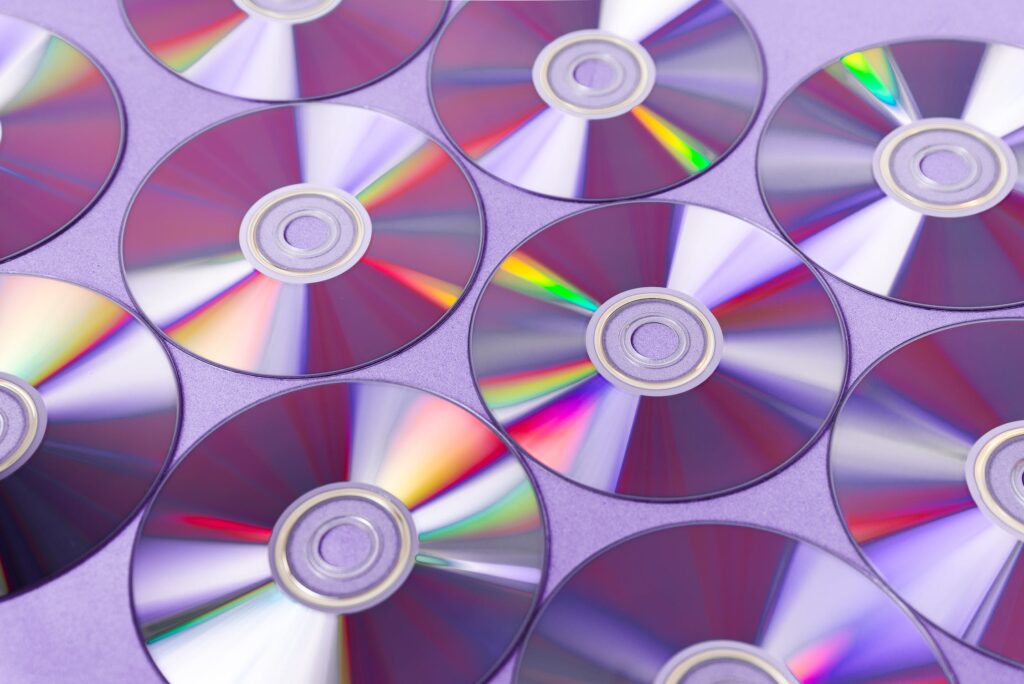Certificates of deposit are currently providing yields over 5%.
Certificate of deposit /ˈsərˈtifəkət uv di’ pozitˈ/ noun: a certificate issued by a bank to a person depositing money for a specified length of time.
Remember shuffling through your parents’ vinyl records? Or using a pencil to re-spool a cassette tape?
The days of pre-digitized music were fun … in the same way rotary phones and dial-up internet were.
Today, we’re going to talk about another relic that’s regaining popularity: CDs. But not the kind you spent hours burning pirated music onto in your college dorm room.
Certificates of deposit (CDs) are once again alluring savers and investors with yields above 5% APY. But first, here’s why they’re looking extra attractive.
Calling Bull$#*% on the New Bull Market

The S&P 500 is up 14% this year, which is wonderful news to those who endured its 20% loss in 2022.
Two weeks ago, the index crossed a critical threshold that has analysts declaring a new bull market. This would mark the end of the longest bear market since 1948.
But don’t buy the hype. At least not yet.
There are 500 companies in the aptly-named S&P 500 index. And of those 500 companies, this emerging “bull market” can be attributed to the gains of just seven of them … as we showed on YouTube last week.
Seven!
All seven are big tech, including Alphabet (GOOGL), Amazon (AMZN), Apple (AAPL), Meta (META), Microsoft (MSFT), NVIDIA (NVDA) and Tesla (TSLA). Combined, their average year-to-date gain is ~81%, with Meta (formerly Facebook), Tesla and NVIDIA leading the way with 117% 131% 176%, respectively.
The Optical Illusion

Five of those seven are the largest companies in the S&P 500. So when they perform well, it creates the illusion that all 500 companies are performing well.
Furthermore, most of those tech firms are leveraged to the trend in artificial intelligence, which explains at least some of their enormous gains this year.
However — and this is damning to the claims of those calling this a new bull market — without those seven stocks, the market would still be down in 2023.
So, proclaiming the end of the bear market seems premature at best and shortsighted at worst … neither of which are new accusations against Wall Street.
Waiting to Join the Tech Party
This rally is being fueled almost exclusively by tech stocks. Time will tell, but until there’s definitive evidence of a broad market rally, remain skeptical.
Of the S&P 500’s 11 sectors, six are in the red this year. And the two biggest losers — energy and utilities — were the only two sectors to post gains last year.
Claiming a tech-fueled rally is a “new bull market” is loaded with caveats. So we’re perfectly content with sticking to safety-rated approaches until there’s more evidence of a true bull market.
Focusing on the Short-Term
Last month, we discussed two ways to take advantage of historically high rates in the short and medium term. Specifically, three-month Treasury bills and high-yield savings accounts.
Today, we’re adding CDs to that list.
Buy-and-hold investing has proven its worth time and time again. That’s why Warren Buffett-isms — like “Someone is sitting in the shade today because someone planted a tree a long time ago” — still hold true.
But what about your funds in more speculative positions? Or cash? With volatile market conditions, the former presents your portfolio with increased risk exposure while the latter means your money sits idly while being eroded by inflation.
Instead, you should look for short- and medium-term investment opportunities. And just because an opportunity isn’t long term doesn’t mean it has to carry inherently higher risk. We’re not talking about day trading unprofitable biotech stocks or crypto.
The best short- and medium-term investments are those that limit risk while providing strong upside potential.
CDs Are Offering Highest APYs Since the Great Recession
CDs are deposits sold by banks and credit unions with maturity dates. Unlike bank accounts, CDs have fixed terms before money can be withdrawn without penalty.
Generally, they provide much higher interest rates than savings accounts offered by those institutions. And right now, whether they’re short-term or long-term (holding periods typically range from three months to five years), they’re providing the best yields since 2007.
The catch? Some require minimum deposits, which can vary anywhere from $50 to $10,000. And since they’re offered by banks — and considering this year’s rash of bank failures — It’s wise to research only those that are FDIC-insured.
Here are three with FDIC insurance currently offering one-year APYs above 5%:
1. BMO Alto: No minimum deposit, no minimum balance and a 5.1% APY.
2. Bread Savings: $1,500 minimum deposit and a 5.25% one-year APY.
3. Popular Direct: $10,000 minimum deposit and a 5.3% one-year APY.
No matter which you choose, the benefits of a CD offering +5% APY significantly beat the alternatives of risky equities or leaving your cash in an inflation-eroding savings account.
And when the market decides to broadly prove it’s turned bullish, we’ll share plenty of ideas to help you redeploy funds in more aggressive — yet safe — positions.

